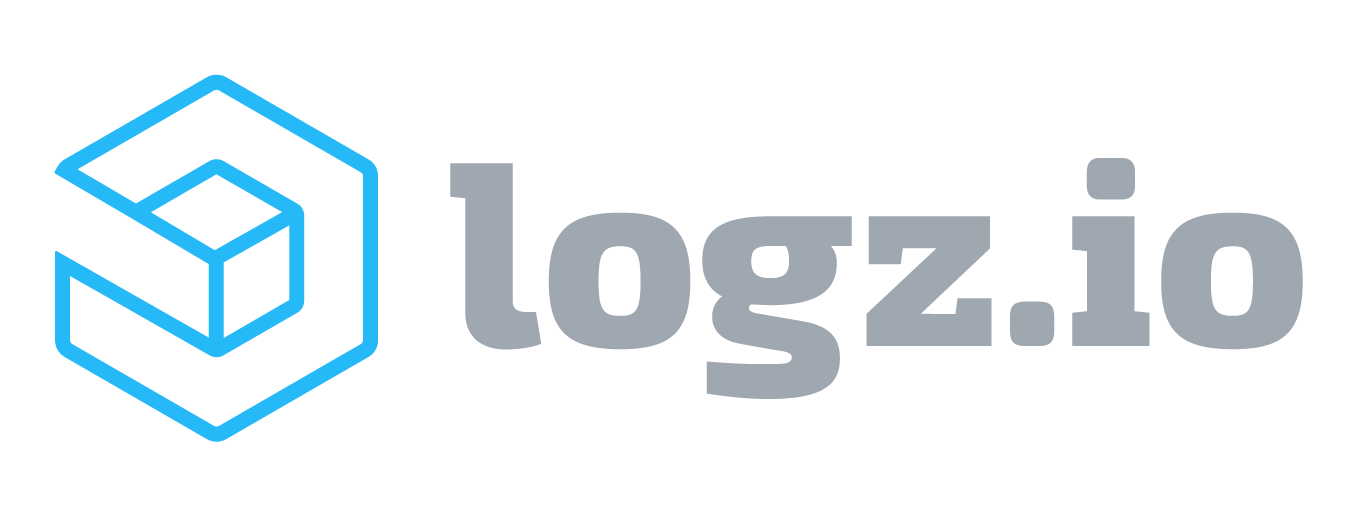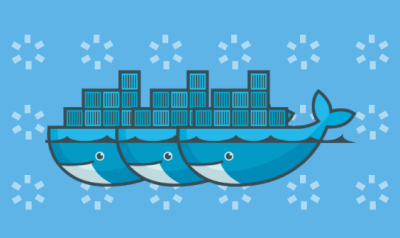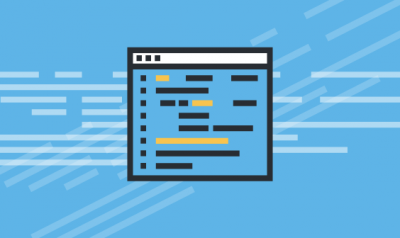- Operations and Site reliability engineering principles
- Microservices architecture and Distributed application design principles
- CICD process from source code management, to build, deployment, test automation, and production deployments
- Infrastructure as a Service (IaaS) layer in any of the public cloud environments (AWS, Google Cloud, or Azure)
- Infrastructure as Code (IaC), and Deployment automation with any of the following (Terraform, Ansible, Chef, or Puppet)
- Container orchestration with any of the following tools (Kubernetes, Mesos, Docker Swarm, or ECS)
- OpenShift Container Platform (v3) in a multi service environment with experience in setting up Build, Test and Deployment automation to various stages till Production
- Development experience with any programming language
openshift profile
Ansible tutorial index
Linux interview prep
Devops things to learn.
1. Lead evaluation, design, and implementation of container orchestration platform
2. Automation of systems provisioning/management and application deployment processes
3. Design, deploy, and maintain standards, best practices, and processes for production support, incident response and root cause analysis, capacity and performance management, health and security monitoring, disaster recovery, application building, packaging, configuration management, QA, and deployment.
4. Design and implementation of Service Discovery/Registration systems with integration with software and hardware load balancers
5. Work with engineers and product management teams across multiple organizations to advise and influence architecture and technical strategies.
6. Develop, and promote the development of, architectural/technical documentation, whitepapers, presentations, and proposals
1. Broad technical background in server, storage, network, virtualization, cloud, and DevOps areas. Highly energetic focus on constant learning
2. Excellent relationship and partnership building skills with customers, vendors, peers, and upper management, within and across organizational boundaries
3. Sharp analytical, problem solving, and creative thinking skills. Expert troubleshooting, debugging, and solution design and implementation skills
4. Extensive experience designing large scale distributed systems with deep understanding of design impacts on performance, reliability, operations, and security.
5. Extensive experience troubleshooting, debugging, and performance tuning at all levels (OS, network, application, database, and network) within large scale distributed systems
6. Extensive experience in shell scripting/programming skills, systems provisioning, automation, and configuration management tools
7. Experience designing and implementing container orchestration systems with Docker Swarm, Kubernetes, or Mesos
8. 5+yrs experience managing systems with automation tools such as Ansible, chef, or puppet
9. 4+yrs experience with automated server provisioning systems such as Cobbler/kickstart, Ubuntu MaaS, Vagrant, Packer, or Terraform
10. 4+yrs experience managing distributed host-based firewall rules with iptables, firewalld, or ufw
11. 3+yrs experience with monitoring systems such as Nagios/Zabbix/Zenoss (experience with Sensu highly preferred)
12. 2+yrs experience managing distributed block or object storage systems such as ceph, Gluster, or ScaleIO/ECS
13. 2+yrs experience with log management systems such as Splunk or ELK
14. 2+yrs experience with NGINX, HA Proxy, Varnish, or Squid
15. 2+yrs experience with SCM/Documentation/Project Management systems such as GitHub/GitLab/Stash, JIRA, and Markdown/Jekyll/Confluence
16. 2+yrs experience with Active Directory/LDAP integration of linux servers
Fwd: Job | Freelance training assignment- Devops/Aws
| |
Handpicked killer links on DevOps, ELK and Big Data
And more: Docker Swarm Monitoring and Logging Using the ELK Stack |
| ||||||||||||||||||||
| |




